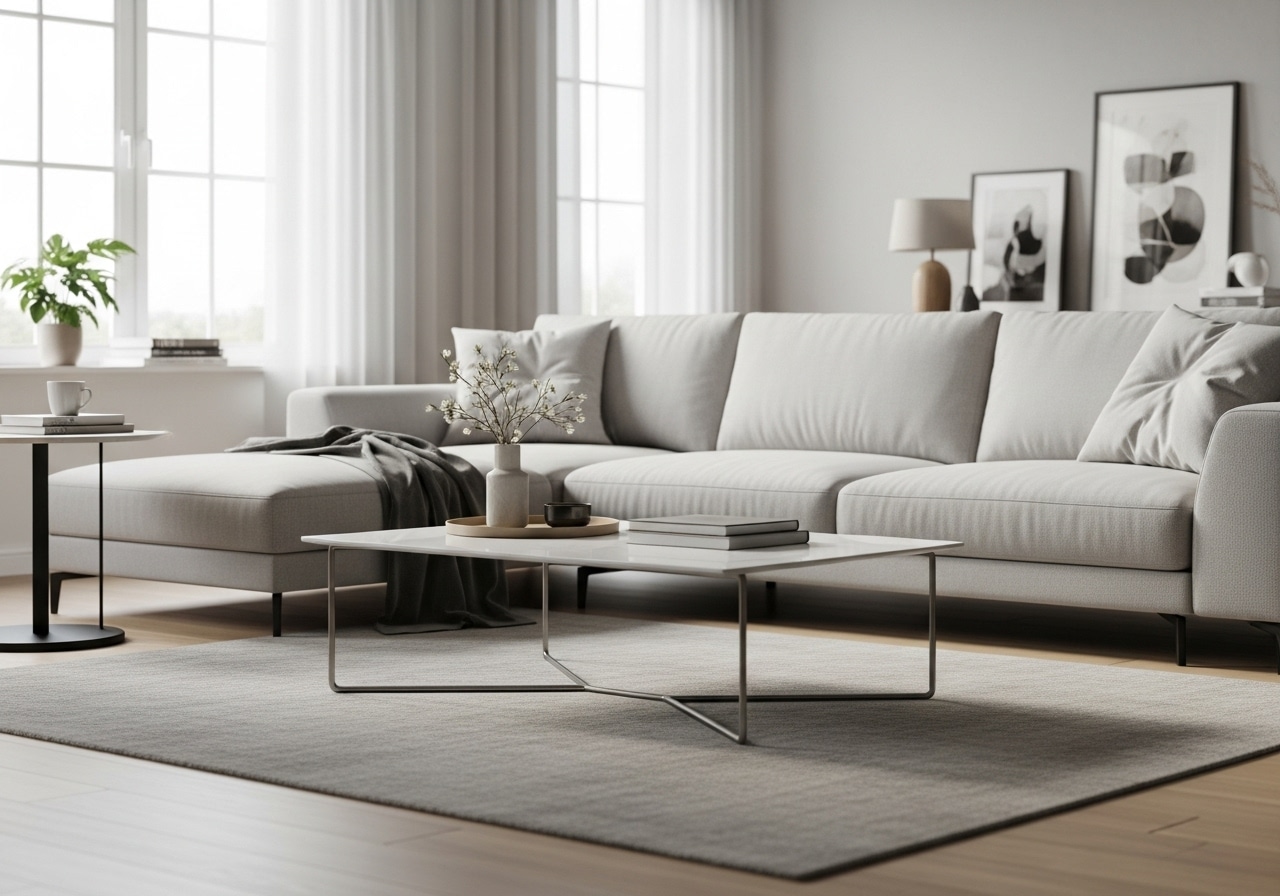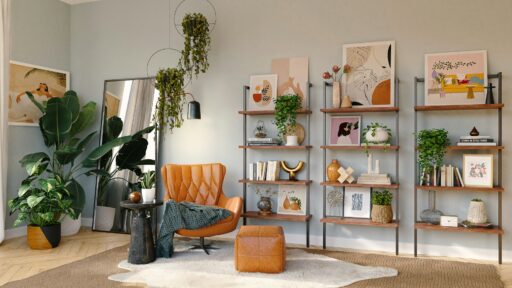The coffee table quietly commands attention in modern living room design, functioning as both a practical centerpiece and a defining style element that can elevate or undermine your entire interior aesthetic. This essential furniture piece strikes a delicate balance between everyday functionality and visual impact, grounding your seating area while expressing your personal design sensibilities. Those looking to explore current trends might find inspiration by browsing contemporary coffee tables on Modani to get a feel for the diverse range of options shaping today’s market. The right coffee table doesn’t merely complete a room—it fundamentally changes how you interact with and enjoy your living space.
Understanding the Coffee Table’s Role in Modern Interiors
In contemporary design, coffee tables have evolved far beyond simple surfaces for drinks and reading material. They act as the visual anchor of your seating arrangement, shaping traffic patterns and establishing a natural focal point for conversation and relaxation. Today’s modern living spaces increasingly embrace multi-functional furniture, with coffee tables now featuring integrated storage, adjustable heights, and modular designs that adapt to changing needs.
Consider Sarah, a young professional who recently settled into a compact urban apartment. Her choice of a coffee table with built-in storage and a lift-top mechanism completely transformed her small living room into a flexible space that seamlessly transitions from relaxation zone to home office. Interior designers consistently note how a coffee table’s proportions and placement can dramatically alter a room’s perceived size and overall functionality.
Key Considerations When Selecting a Coffee Table
Size and Proportion
Getting the dimensions right is essential for both visual harmony and practical use. Your coffee table should typically span two-thirds the length of your sofa and sit 14-18 inches away from the seating edge. Height-wise, aim for alignment with your sofa cushions or slightly below—generally 16-18 inches from the floor.
Essential measurement guidelines:
• Calculate ideal table length by multiplying your sofa length by 0.66
• Maintain 30-36 inches of clear walking space around all sides
• Factor in ceiling height to achieve proper visual balance
Shape and Form
The shape you select profoundly influences both functionality and visual flow throughout the space. Rectangular tables pair naturally with longer sofas and traditional arrangements, while round tables encourage conversation and work exceptionally well in tighter quarters. Curved and organic shapes have gained significant traction in modern interiors, softening the crisp lines typical of contemporary furniture while creating a more welcoming atmosphere.
Square tables complement sectional sofas and larger rooms beautifully, while oval designs offer the advantages of both rectangular and round options—delivering generous surface area while preserving smooth traffic flow.
Material and Finish
Your material choice directly impacts durability, maintenance requirements, and the overall aesthetic impression. Glass tables create an open, spacious feel but demand regular cleaning to look their best. Wood brings warmth and versatility, with options spanning sleek walnut to rustic reclaimed timber. Metal frames deliver industrial appeal paired with outstanding durability.
The increasing focus on sustainable and handcrafted materials mirrors modern consumers’ growing environmental awareness. Natural stone surfaces like marble or granite add undeniable luxury, though they require careful consideration of both weight and ongoing maintenance needs.
Style and Aesthetic
Your coffee table should harmonize with your existing décor while potentially serving as a standout design element. Minimalist spaces thrive with clean-lined, understated designs, while maximalist rooms can easily accommodate bold, sculptural forms that command attention. The current resurgence of vintage influences, including Art Deco curves and Bauhaus functionality, opens up numerous exciting stylistic possibilities.
Key Insight: Align your coffee table’s visual presence with your room’s overall character—delicate spaces call for lighter, more refined designs, while rooms with substantial furniture can support more commanding pieces.
Practical Features and Functionality
Today’s coffee tables frequently incorporate ingenious storage solutions such as hidden compartments, pull-out drawers, or open lower shelves. Families with young children often prioritize rounded corners and solid construction, while those who entertain regularly might benefit from expandable surfaces or nesting table sets.
The Johnson family’s experience illustrates this perfectly—they selected a coffee table with soft-close drawers and rounded edges after their toddler experienced several falls. The concealed storage now houses toys and games, preserving their living room’s polished appearance while accommodating the realities of family life.
Integrating the Coffee Table into Your Living Room Design
Styling your coffee table successfully involves layering textures and colors to generate visual interest without overwhelming the surface. A thoughtfully arranged display might feature a decorative tray, several carefully selected books, a small plant, and one meaningful accent piece. The secret lies in maintaining visual balance while preserving ample space for everyday use.
Creating a Living Room That Works for You
Selecting the ideal coffee table means weighing function, style, proportion, and material considerations against your specific lifestyle requirements. Whether your priorities lean toward storage capacity, aesthetic impact, or adaptability, the right coffee table will enhance both the beauty and practicality of your modern living space, fostering a welcoming environment that authentically reflects your personal style while supporting your daily routines.








